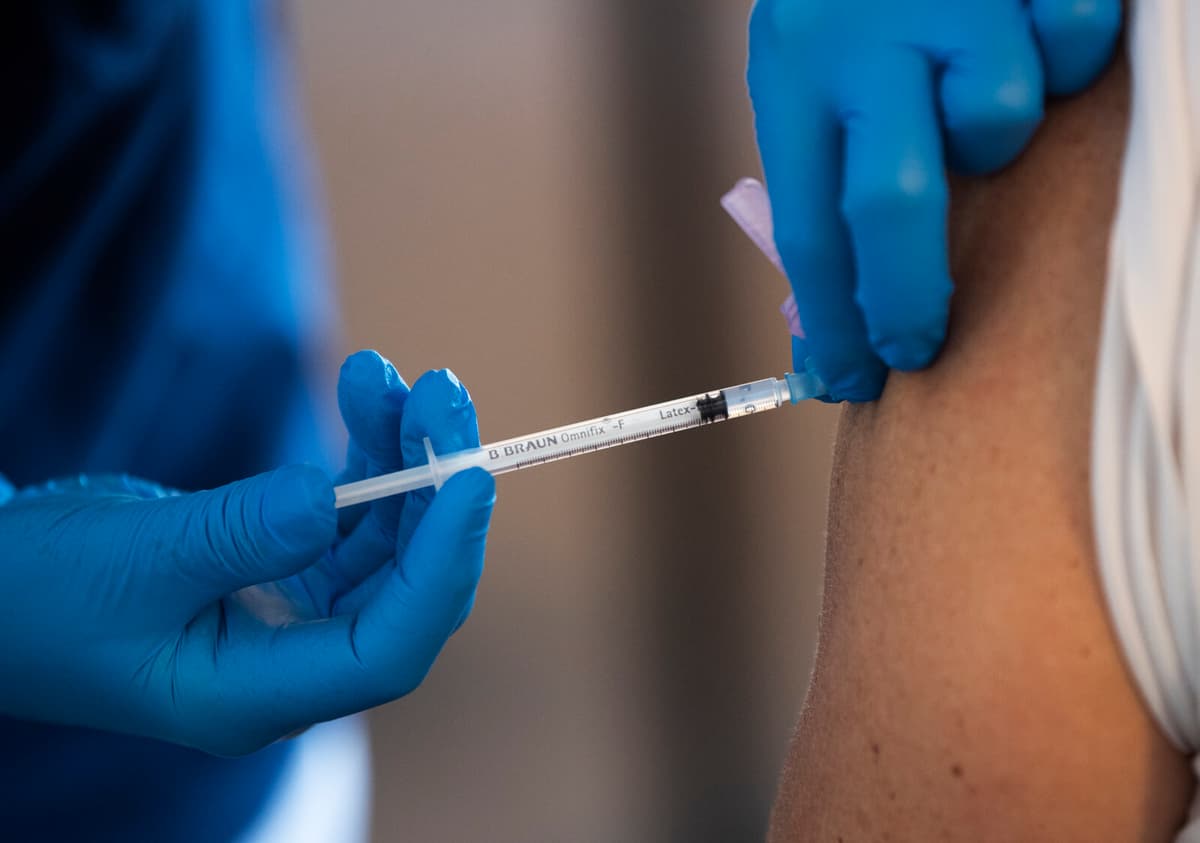When vaccines against covid-19 could begin to be administered at the end of 2020, 95 percent of the elderly in the country were vaccinated. But over time, the coverage rate has come to vary. The proportion of elderly who have taken booster doses shifts depending on both geography and background, according to a study that includes over two million people aged 65 and older. The study shows the development up to the beginning of 2024.
The results show that the proportion of elderly who have filled up their vaccination protection was slightly lower in the three major metropolitan regions, namely Stockholm, Västra Götaland and Skåne.
The socio-economic differences among the elderly were greater. In groups of men, foreign-born, low-educated, and those with low income, the proportion of vaccinated was significantly lower. It also turned out that elderly who were single had a lower vaccination rate.
The researchers behind the study, from the University of Gothenburg, Karolinska Institutet and the Public Health Agency, point to the need for targeted measures to level out the differences.
"Linking covid-19 vaccinations to routine health measures, such as influenza vaccination, could increase the proportion of covid-vaccinated, lower the barriers that seem to exist and reduce public health costs", says the first author Yiyi Xu, associate professor at Sahlgrenska Academy, in a press release.
The study has been published in the journal Public Health.





